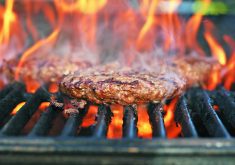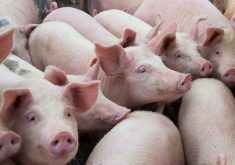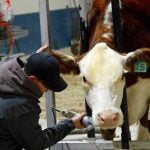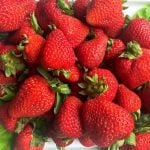As I’ve made calls in the last few days to various brokers, market analysts and economists about the impacts on hedging of the present profit meltdown in hogs and the XL Foods fiasco, one comment stood out for me.
“It’s not devastating. The border’s still open.”
That was said to me by Canfax senior analyst Brian Perillat about the XL situation, and it summed-up for me once more the greatest risk and vulnerability our farming industries and nation as a whole faces every day: the border.
Read Also
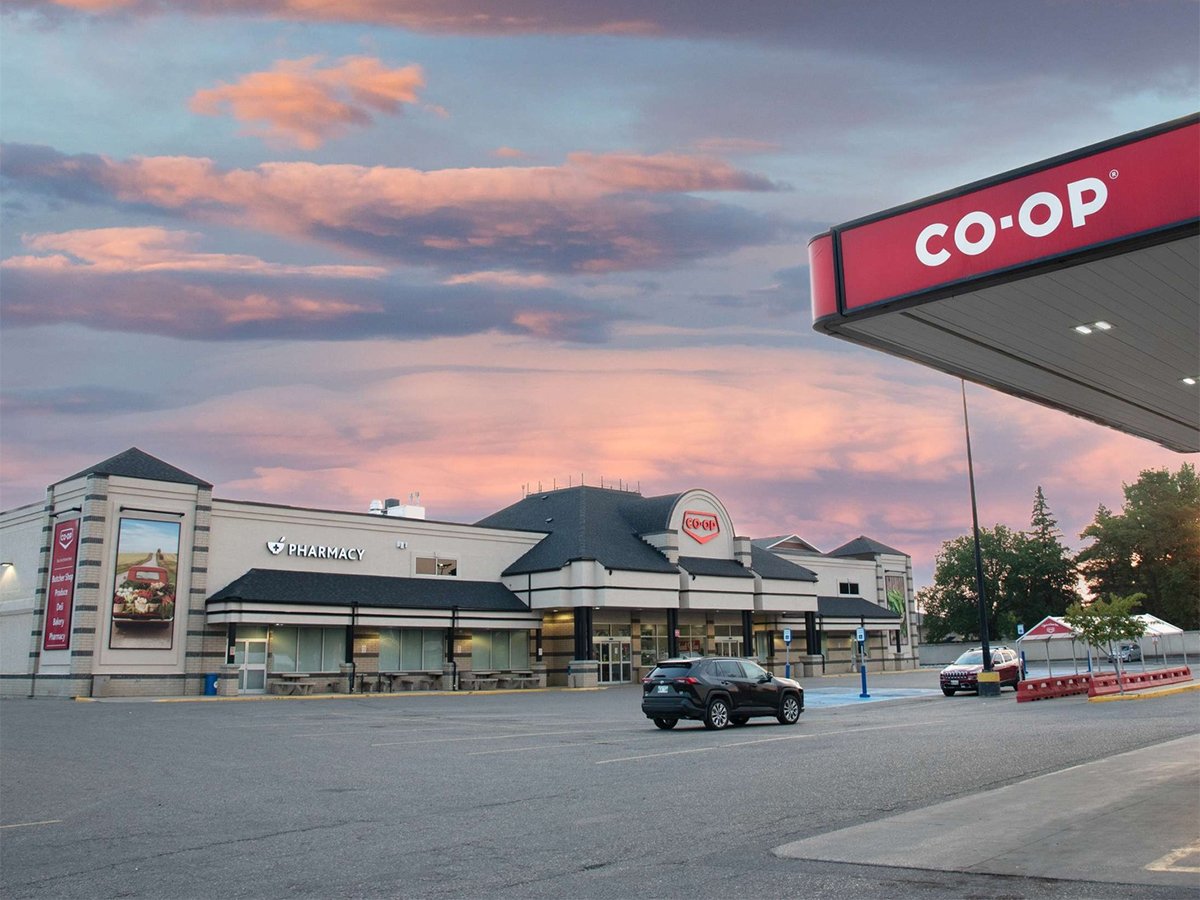
Farmer ownership cannot be seen as a guarantee for success
It’s a powerful movement when people band together to form co-ops and credit unions, but member ownership is no guarantee of success.
The good news about XL is that there has not (yet) been a vast widening of the spread between North American cattle prices and southern Alberta prices. Even with one of the two prairie plants going offline, the spreads aren’t alarming. As the comment above notes, that’s partly because the border’s still open. Enough cattle can be shipped to the U.S. that it’s possible for us to arbitrage-away XL’s problems. Many producers will hold back cull cows and feedlots will hang on to many cattle for longer, so even if just a thin flow of cattle head to the U.S. it can be enough to stop spreads going crazy. Cargill boosts its production and we end up with a temporary problem rather than a devastating crisis.
But what, my risk conscious mind asks, would have happened if we also had a border problem? Cut slaughter capacity by half and also lose the U.S. outlet? Result: total carnage.
We’ve certainly got hog industry problems right now, as everyone knows and as I an every other ag journo has been writing about. But as severe as it is, its seems eminently survivable as long as credit is extended to producers and the future of the industry looks bright. But that’s not at all how the fate of the industry has looked when there have been border issues. Because those are political and legal, they can throw any reasonable expectations of the future into the dustbin and undermine any confidence that there is a solid base upon which to develop. COOL, dumping and countervailing duties? How the heck do you know what will happen with those? How do you make plans?
Ag is particularly given to border vulnerability because of its biological nature – which brings up disease and other phytosanitary risks like BSE – and also and more importantly because of its political nature, with some farm groups and state senators in the U.S. always hoping to close the border, cause a shortage in the U.S. and jack up prices. Political and legal stuff can take a long time to work out. E coli shutdowns like the one in Brooks can be fixed fast.
Well, isn’t that just typical Ed White? He finds out that the price impact of the XL Foods fiasco is not as bad as it could be, and he finds a way to spin that into another navel-gazing exercise about Canada’s existential peril. Too much Oswald Spengler in me, I suppose. Or perhaps it’s the smell of burned fields, trees and houses from the wildfires down in Vita and west of Winnipeg that has slapped me into this unnecessarily grim mood.
But let me end on a cheerier note: other than the border vulnerability that I’ve been whingeing on about, our livestock industries seem efficient, competitive and appear to have great futures. We’re in the midst of two crises – hog losses and the XL shutdown – but there’s no reason to think the future isn’t bright as a sunny, non-smoke-filled day. We’ve always got to live with that border fear, we have become uniquely good at surviving crises and coming out the other side stronger and more competitive.





